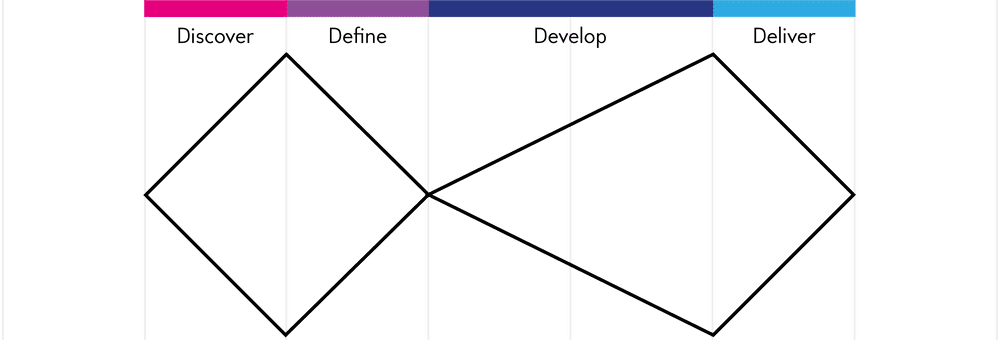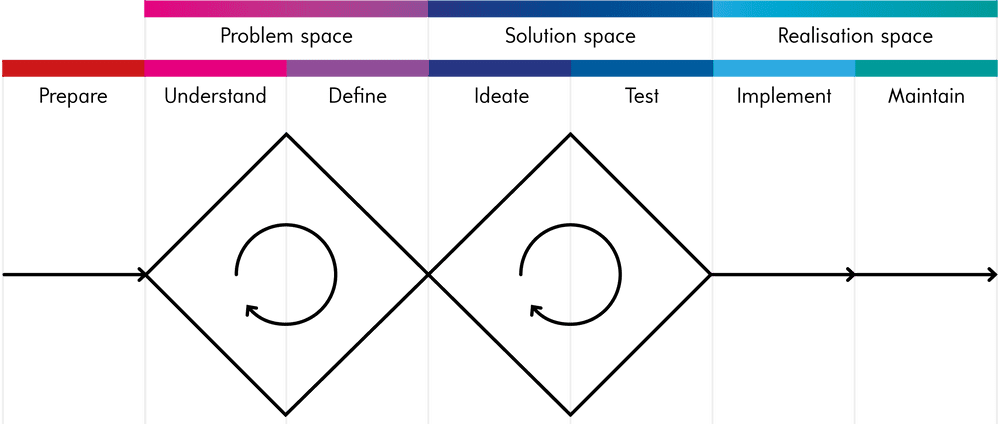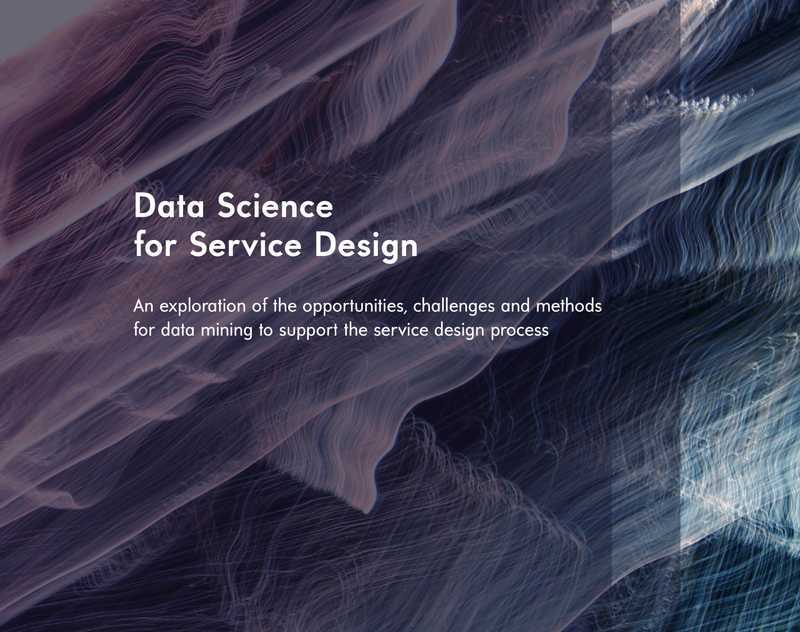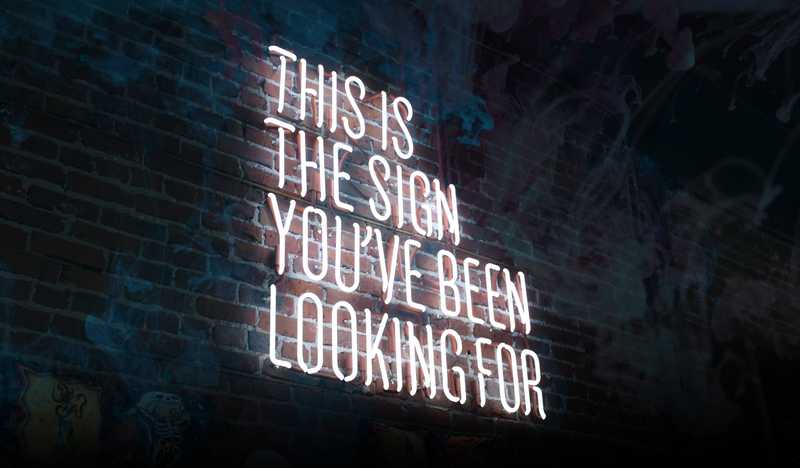The holistic double diamond, an extended double diamond design process
You-et / Dec 19, 2019 / edited on Feb 17, 2020
The design process is a non-linear iterative process of diverging and converging. Although it is circular, different phases can be represented in a general structure (Stickdorn et al., 2011). This post discusses the Holistic Double Diamond, which is a new adoption from the double diamond model of British Design Council from 2005 (Yu, 2017).
In this blog, I propose the holistic double diamond (HDD), which is an extended double diamond (DD) process for a comprehensive Service Design process. It contains two diverging and converging diamonds similar to the DD. However, the model also includes a broader timeline that includes the designer’s activities and involvement outside the scope of the DD and other models.
The Double Diamond and Stickdorn's model
The double diamond (DD) has four phases in two diverging-converging diamonds. One phase is stretched in the illustration (Fig 1) to line-up similar phases of the different models. The Develop phase includes testing and prototyping (Yu, 2017) and therefore covers two columns.
The service design process (SD) by Stickdorn et al. has similar phases to the DD. Testing has it's own phase, but the Define phase is covered by Explore (Stickdorn et al., 2011). Furthermore, the illustration shows not if the activities are diverging or converging (Fig 2).

Fig 1: The double diamond (DD) with four phases in two diamonds (Yu, 2017).

Fig 2: The service design process (SD) by Stickdorn et al. (2011).
The Holistic Double Diamond model
It's time to introduce the Holistic Double Diamond (HDD). The model contains seven phases and two diamonds. The table below explains the meaning of each phase. We recognize three spaces that focus on the respective problem, solution and realisation.

Fig 3: The HDD - holistic double diamond.
| DD/SD | HDD | Design phases of the models | |
|---|---|---|---|
| Prepare | This phase prepares the process and project so that there are direction and resources to start. | ||
| Discover/Explore | Understand | The designer explores the problem space for the true problem and creates a holistic view. | |
| Define/- | Define | Findings from the analysis are summarised and concluded in the creative brief. | |
| Develop/Create | Ideate | Concepts are developed with an iterative process for creating and refining solutions. | |
| -/Reflection | Test | Testing is essential to evaluate the trials with prototyping, user tests and reflection. | |
| Deliver/Implementation | Implement | The service concept is realised and launched. | |
| Maintain | This phase continues and improves the service(s) after implementing the service concept. |
The HHD in detail
You might wonder how the HDD evolved. The model is based on literature -but I won't quote much- and my limited experience in (digital) service design/product design. A coworker helped me with the evaluation, but I'm curious what you think.
The HDD started with combining the DD and SD. Soon, the additional phases and the redefinition of the shape (diamonds and arrows) followed. These steps are explained in more detail:
- The DD and SD are the base for the HDD model. It has the corresponding phases and keeps the Define and Test phases explicit.
- The HDD model places Implement out of the second diamond and accommodates the Test phase. The diamonds will contain two matching diverging-converging activities. In my option, testing makes a better converging and iterating counterpart for ideating than implementation does.
- The new outer phases are Prepare and Maintain.
Prepare is the phase that involves the activities of the service designer before kickstarting the project, such as preparing the service design process and perhaps explaining what service design is to the client. In this phase it is decided that and in which direction the project takes place. The main goal of this phase is preparing for the process and project, e.g. with pitches and stakeholder convincing.
The end phase is Maintain, where designers continue assisting the services without starting a new project. After implementing the service concept, design activities take place to continue and improve the service. In this phase, the service is measured to learn and increment. Yu (2017) also stated that the service implementation are unknown or limited in these service design processes models.
Service design and implementation
There are some challenges to Service Design with implementation. Service designers are strong in the early stages of the innovation process and often hand over the deliverables (e.g. journeys and blue prints) and knowledge to other teams (e.g. UX design) to realise the concept (Almqvist, 2018). The HDD model shows that the design process of service designers is user research and ideation heavy (Problem and Solution spaces), but also makes the involvement in the Realisation space visible.
Firstly, I personally have a bias for digital projects and fuzzy overflows towards UX and development. In such cases, service designers can assist/participate in the Implement and Maintain phases. Secondly, I see the responsibility for the service designer to ensure that the transfer of knowledge and the end result is at least as good as intended. The best way to do this is by being involved in the Realisation space.
Still, your service design project might not need the extensive "after-care" and replace the Realisation space with a phase for activities to wrap up the project (e.g. prepare the finishing touch of final deliverables).
References
- Yu, E. (2017). A reflection on and suggestion of service design processes. Archives of Design Research, 30(1), 25–38. (Yu, 2017)
- Stickdorn, M., Schneider, J., Andrews, K., & Lawrence, A. (2011). This is service design thinking: basics, tools, cases. Wiley Hoboken, NJ. (Stickdorn et al., 2011)
- Almqvist, F. (2018). Service design in the later project phases: Exploring the service design handover and introducing a service design roadmap. In ServDes2018: Service Design Proof of Concept-Proceedings of the ServDes2018 Conference, Milano, 18-20 June. (Almqvist, 2018)



